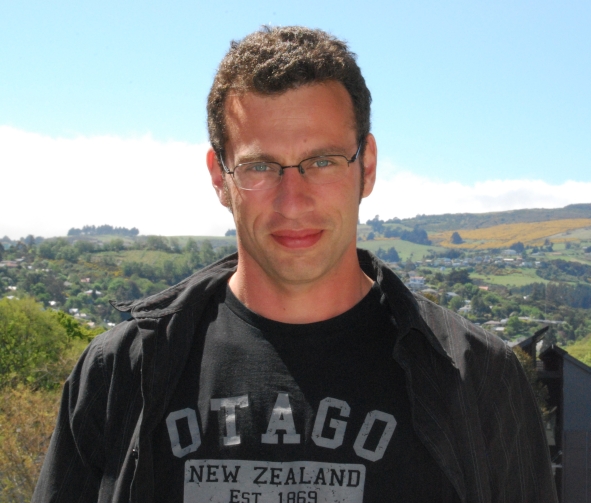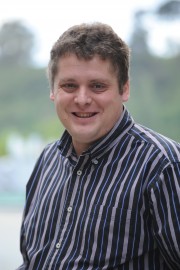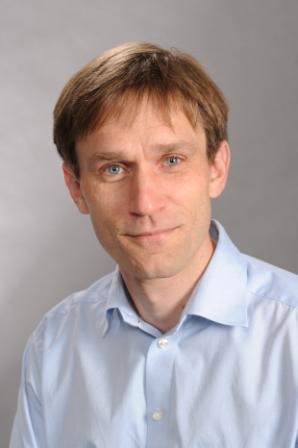JDC Research
 |
 |
 |
|||||||
|
|
|||||||||
|
|
 |
 |
|||||||
| A Prof Igor Meglinski | Dr Mikkel Andersen | Dr Ashton Bradley |
|
||||||
|
|
|
||||||||
| Dr Niels Kjaergaard | Dr Jevon Longdell |
|
TheoryTheoretical expertise in the Jack Dodd Centre spans the fields of quantum optics, atomic physics and condensed matter physics. Our backgrounds encompass a wide range of techniques from quantum field theory to computational techniques. Our recent work includes the theory of Bose condensate growth, atom laser output coupling, development of a finite temperature field theory, collective excitations at finite temperature, vortex dynamics, quantum phase transitions, and Bragg spectroscopy.
|
|
|||
Assoc Professor David Hutchinson
|
|
|
||
Professor Rob Ballagh
Quantum Theory of Light and Atoms
|
|
|||
Professor Blair Blakie
Research Group Page |
 |
|||
Dr Ashton Bradley
Research Group Page |
|
|||
ExperimentThe Jack Dodd Centre has experimental programmes in the areas of ultracold atoms, photonics, quantum optics and spectroscopy. For more detailed information about experimental research at Otago, please contact one of the investigators below. |
||||
Dr Mikkel Andersen
Atomic Physics Otago |
|
|||
Dr Niels KjaergaardI have a background in accelerator physics, AMO physics and laser physics. I have contributed to research on laser cooling of ions in storage rings and traps, Coulomb crystals, laser system development, Bose Einstein condensation, cold collisions of ultracold atoms, coherent manipulation of cold atoms, quantum non-demolition measurements of cold atoms, and squeezing of atomic quantum projection noise. My present research interests include the development of a laser based accelerator for ultracold atoms and cavity enhanced approaches to high-precision determination of two components in a gas of atoms or molecules. Research Group Page |
|
|||
Dr Jevon Longdell
Otago Quantum Optics Group |
|
|||
Assoc Professor Igor MeglinskiOur research interests lie at the interface between physics, medicine and biological sciences, focusing on the development of new non-invasive imaging/diagnostic techniques and their applications in medicine and biology, material sciences, pharmacy, food and health care industries. The specific areas of research include: Low-coherent non-invasive optical biopsy; Functional cellular and molecular flourenscence imaging, Optical specoscopy for non-invasive medical diagnostics; Image reconstruction and computer modelling of optical radiation/waves propagation in complex random media, including bio-tissues; Coherent effects of multiple scattering in respect to applications in medical diagnostics; Optical mapping of skin blood flow and skin blood microcirculation; further development of coherent Back-Scattering (CBS), Diffusing Wave Spectroscopy (DWS), Optical Coherence Tomography (OCT), Doppler OCT, PS-OCT, Optical & Near-Infrared Spectroscopy (NIRS) for the basic studies of cerebral and tumour physiology and other clinical applications. Plant photoics. Biophotonics & Biomedical Imaging Research Group |
|
|||
| |
||||






